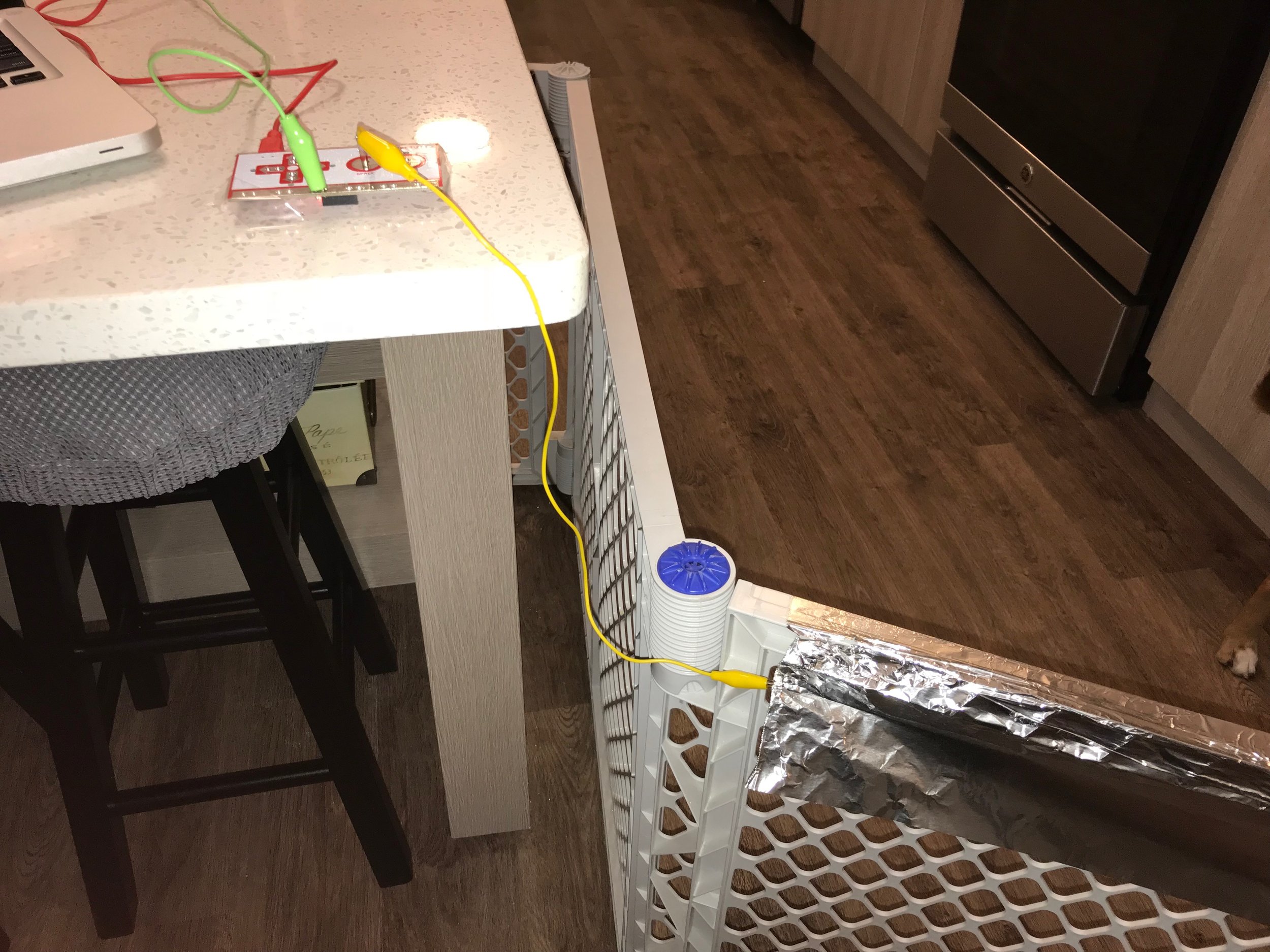As my second graduate course in matriculating through the Master’s in Educational Technology (MAET) program at Michigan State University, CEP 811: Adapting Innovative Technologies in Education, comes to an end, I feel incredibly inspired.
I must admit, although at times I have a tendency to succumb to a cynical view of the current state of our world, there has never been a more exciting time to be a student, or teacher. We, as educators, are witnessing classrooms moving away from the traditional 'factory models' and transitioning into fluid learning spaces, encompassing open-collaborative features, welcoming colors, and technology that supports creativity and innovation (OWP/P Architects, VS Furniture, & Bruce Mau Design, 2010).
Further, our students are being given opportunities to take on projects that showcase a side of them we have never seen before. Take my Imagineering class for example, where students take on a project of their choosing, create a proposal, set goals, outline a detailed plan, work on achieving their goals for an entire marking period, and ultimately produce something upon completion of the process. Of note, the course was modeled after Google’s 20 percent time, otherwise known as Genius Hour or 20Time in the classroom. The concept, although gaining popularity in educational settings, is still quite unconventional.
Nevertheless, there is one crucial factor that has made my own teaching experience significantly more impactful for myself and my students — abolishing limitations. CEP 811 has provided me with a wealth of knowledge on learning through Maker Ed activities, proving that if we restrict our students’ ability to be imaginative, take risks and demonstrate passion for what they are working on in a classroom setting, we are completely missing the mark when it comes to harnessing their full and unique potential.
For instance, for the past two years teaching Imagineering, I required my students to work in groups on their projects, even though some of them had stressed their desire to work independently. My thought was that, by urging them to collaborate, it would enhance their teamwork and problem solving skills. While there were some groups that created impressive projects, fully immersing themselves in their work, this was unfortunately far from the norm. Additionally, some of their ideas were too outlandish given our resources and project scope, leading me to sway them in different directions. Wow, was my initial thinking wrong.
This marking period, after beginning CEP 811, I decided I would teach the course to fit its true purpose — providing students with full autonomy. I allowed students to work independently if they desired and said “yes” to their ideas, even if I was reluctant. I cannot begin to describe how fulfilling it has been to witness students fully engaged and devoted to their work.
The moment we begin limiting students’ ability to think and act creatively is the moment we lose them. If we expect our students to be innovative and critical thinkers, we must give them the necessary space, technology, autonomy and encouragement to do so.
I would like to close my thoughts with a poem I wrote:
OWP/P Architects, VS Furniture, & Bruce Mau Design. (2010). The third teacher: 79 ways you can use design to transform teaching & learning. Retrieved from http://thethirdteacherplus.com/s/Ch2-TTT-for-Web-0y6k.pdf




















